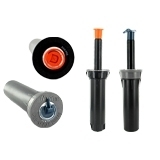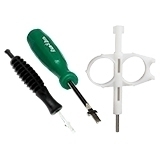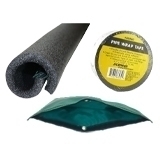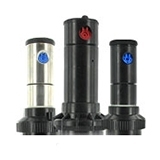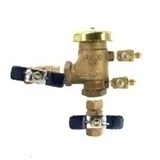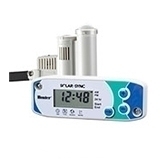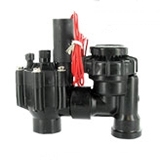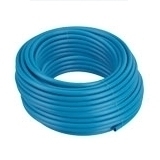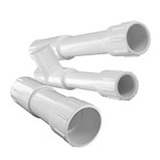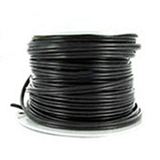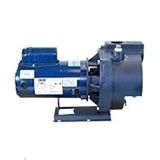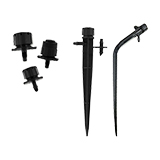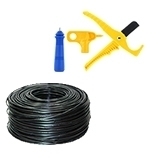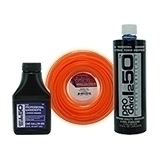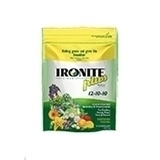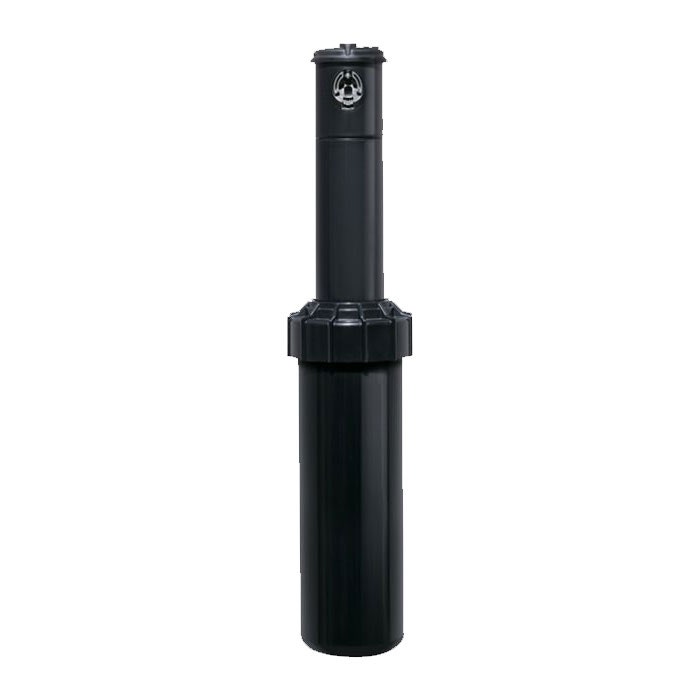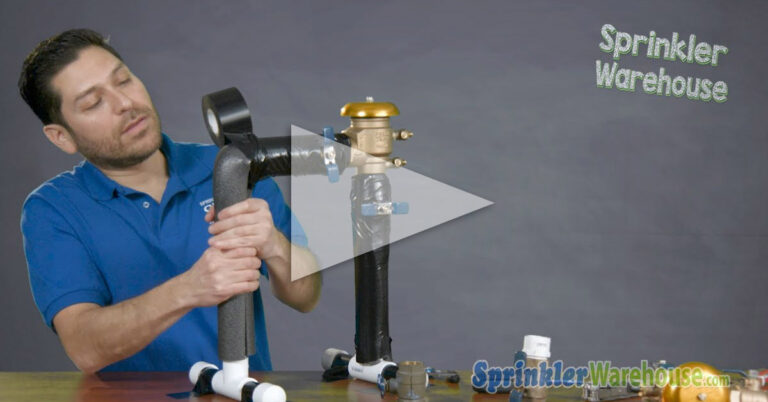You’ve painstakingly perfected your lush green lawn, maybe even a garden, investing time and effort into the perfect sprinkler system, and then you take a break. While you’re resting you discover that your prized landscape—and potentially even the cold glass of water that you reach for—may be compromised by contaminated water seeping in due to backflow.
A Reduced Pressure Zone (RPZ) valve can solve this problem. An RPZ is a critical component in irrigation and plumbing systems because it is specifically designed to protect your water supply from backflow contamination.
Let’s learn more about what makes a Reduced Pressure Zone valve so vital in protecting the water that you use on your landscape and in your home.
What is a Reduced Pressure Zone Valve?
A Reduced Pressure Zone valve is a type of backflow prevention device that ensures that non-potable (not-drinkable) water does not contaminate potable (drinkable) water systems.
Backflow can occur in two ways:
- Backpressure happens when the pressure in the downstream piping exceeds the supply pressure, potentially forcing contaminated water back into the potable water system.
- Backsiphonage is the result of negative pressure (a vacuum or partial vacuum) in the supply piping, drawing non-potable water into your potable water system.
RPZ assemblies are specifically designed to address these issues by creating a reduced pressure zone between two independent check valves. The Reduced Pressure Zone valve, in turn, is your last line of defense against any backflow, safely venting water out so it does not re-enter your drinking water supply.
Components of a Reduced Pressure Zone Valve
Understanding the key parts of a Reduced Pressure Zone valve can make all the difference when it comes to proper maintenance and troubleshooting. With some basic knowledge, you can make sure the valve is working correctly, and in doing so, prevent potential water contamination.
An RPZ assembly consists of several key parts:
- Two Check Valves: These are one-way valves that prevent water from flowing backward into the potable water supply.
- Relief Valve: Positioned between the two check valves, the relief valve opens to discharge water when the pressure between the two check valves drops below a predetermined level, ensuring that any backflow is expelled from the system.
- Shutoff Valves: These are located on either side of the assembly, allowing for isolation of the system for maintenance and testing.
- Test Cocks: These are ports used for testing the functionality and integrity of the assembly.
The Reduced Pressure Zone valve works by maintaining a zone of reduced pressure between the two check valves. Under normal conditions, water flows from the supply side, through the first check valve, the relief valve, and the second check valve.
If either check valve fails, or if backpressure or backsiphonage occurs, the pressure difference causes the relief valve to open, discharging the contaminated water and preventing it from reaching the potable supply.
Benefits of Reduced Pressure Zone Valves
Contaminated water in irrigation systems poses a serious threat to your health. Let’s go deeper into how Reduced Pressure Zone valves can reduce significant risks related to water safety.
- Prevent Contamination: The primary benefit of RPZ assemblies is the protection of drinking water from contaminants. This is crucial in environments where fertilizers, pesticides, and other chemicals are used, such as in irrigation systems.
- Be up to Code: Many local and national plumbing codes require backflow prevention devices like RPZ assemblies in commercial and residential irrigation systems. Using an RPZ assembly ensures compliance with these regulations.
- Hassle-Free Protection: RPZ assemblies are highly reliable due to their robust design, capable of handling significant pressure variations and ensuring consistent protection.
- Stay Versatile: RPZ valves can be used in various applications, including irrigation systems, fire suppression systems, and industrial processes, making them a versatile choice for preventing backflow.
How to Install and Maintain a Reduced Pressure Zone Valve
If your installation isn’t properly installed and maintained, then your Reduced Pressure Valve won’t be able to fully protect your drinkable water from potential contamination.
But if you make installation and maintenance a priority for your home, you can rest easy knowing that your RPZ will get the job done.
Professionally Install Your Reduced Pressure Zone Valve
RPZ assemblies should be installed by licensed professionals familiar with local plumbing codes and standards. If you improperly install it, the result can lead to failures and potential contamination.
The Reduced Pressure Zone valve should be installed in an easily accessible location, so that it can be regularly tested and maintained. It should be above ground and protected from freezing temperatures, which can damage the components.
Ensure the assembly is installed in the correct manner as specified by the manufacturer, with the relief valve positioned to discharge correctly.
Professionally Maintain Your Reduced Pressure Zone Valve
Your Reduced Pressure Zone valve must be tested annually or as required by local regulations. Certified testers should perform these tests to ensure the assembly is functioning correctly.
While a professional should be the person to install and repair the RPZ valve, you can stay ahead of potential issues by regularly looking for abnormalities such as leaks or signs of wear. Check the shutoff valves, test cocks, and the relief valve for any signs of damage or corrosion.
Debris can accumulate within the assembly, especially in areas with hard water. Regularly clean the check valves and relief valve to protect your system from any malfunctions.
Any components of the valve that show signs of wear or damage should be repaired or replaced promptly by a professional to keep your system in working order.
Troubleshooting Common RPZ Issues
In terms of your Reduced Pressure Zone valve, there are a few issues to be on the lookout for:
- Relief Valve Discharge: Continuous discharge from the relief valve can indicate debris in the check valves or a pressure imbalance. Cleaning or replacing the check valves often resolves this issue.
- Leaks: Leaks around the assembly or shutoff valves may suggest worn seals or gaskets, which need replacement.
- Pressure Fluctuations: Inconsistent water pressure might be due to blockages or issues within the check valves, requiring inspection and maintenance.
Empower Your Water Safety
Having a Reduced Pressure Zone (RPZ) valve is indispensable for protecting your sprinklers, your lawn, and your drinkable water. Their design effectively prevents backflow, ensuring that contaminants are separated from the water you need for daily drinking.
By understanding their components, functionality, and maintenance needs, homeowners and professionals can ensure the longevity and reliability of these critical devices.
For high-quality protection, browse our full list of RPZ valves here.
And if you want to stay up-to-date on the latest sprinkler warehouse news and make the most out of all of our one-of-a-kind promotions, join the IrriGator community today. Happy watering, IrriGators!



